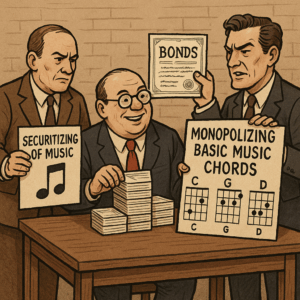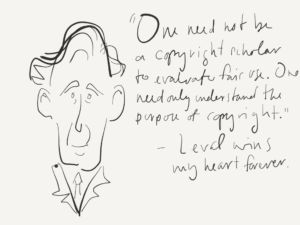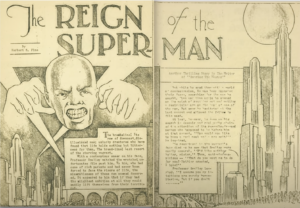The case Sedlik v. Drachenberg, currently pending before the 9th Circuit, presents the 9th Circuit a first opportunity to interpret the fair use right in the wake of the Warhol decision. Anticipating the far-reaching consequences for artists and authors, Authors Alliance filed an amicus brief in support of KVD. In our brief, we explained that (1) a distinct purpose is required for the first factor to tilt in favor of fair use, (2) a successful social media presence does not automatically render all postings “commercial,” and (3) concrete evidence is needed to prove the existence of a licensing market or the likelihood of it developing.




